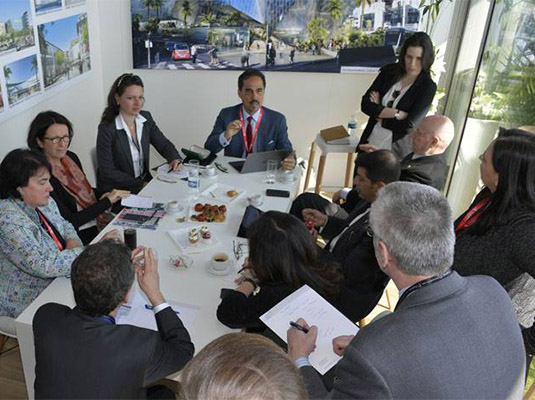
UN Habitat City Prosperity Initiative
Notes from FIABCI Meetings at MIPIM in Cannes
1. Cities are growing in size 5 times faster than the population. Lower land prices lead to growth on the urban edge. This leads to a reduction in density across the city. Soon there are no economies of scale for public services as the city moves further out from the center, no jobs in the periphery and thus long commutes and environmental degradation. This in turn leads to a cycle of economic risk.
2. Cities need to be aware that urbanization will continue and take advantage with better growth planning. What is the quality of growth? In many cities, public space is being lost to private developers at a rate of 15 to 20% per year. This leads to a lower quality of life. Data shows short term gains in property value, however over the longer term data shows that the loss of public space leads to a loss in property values.
3. Public subsidies for housing continue to shrink. Informal housing is now more than 14% in many cities across the world. In many cities two families are living in 24 sq meters of space. For the lowest income groups, 25% have no formal access to housing – even with public housing subsidies.
